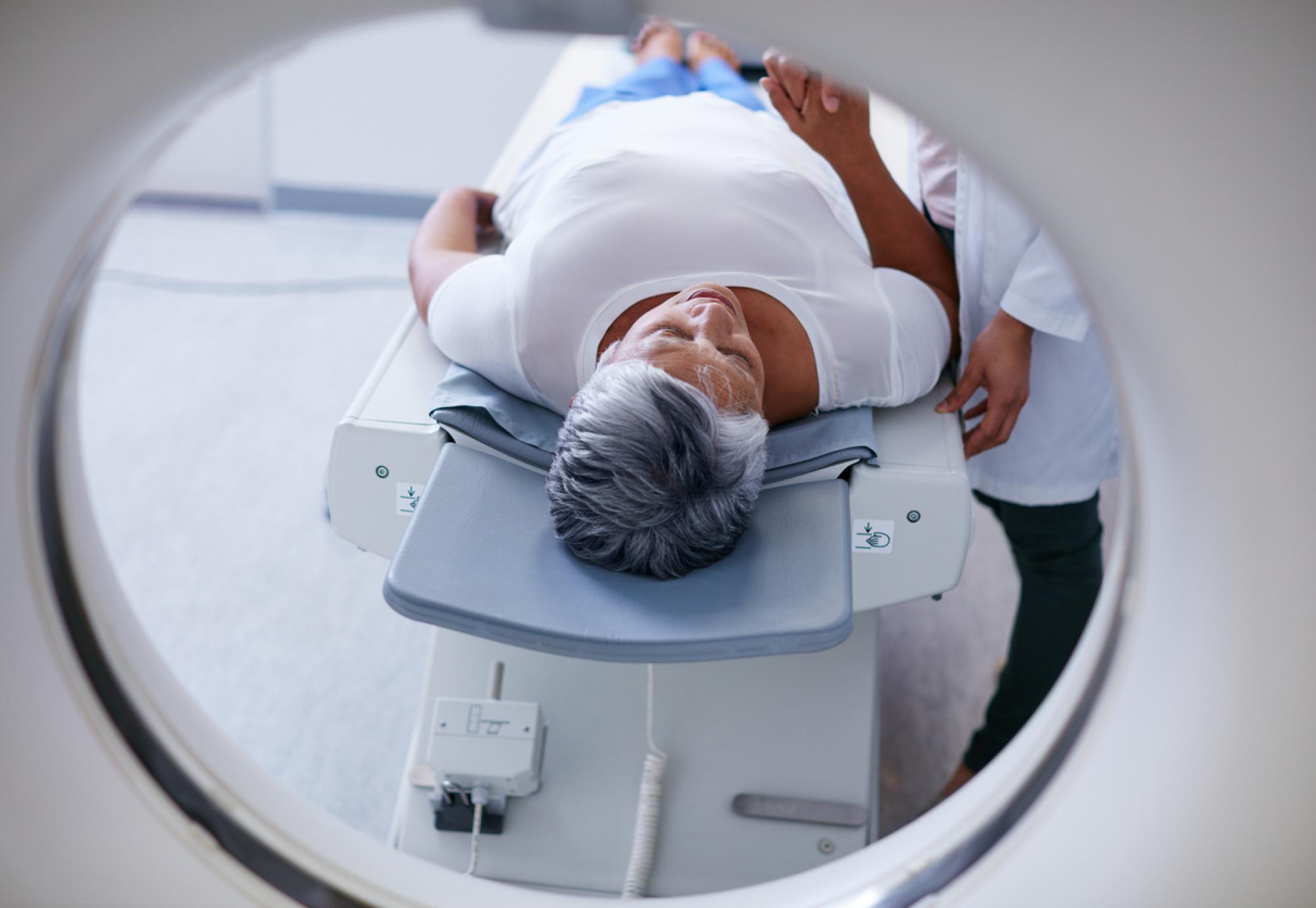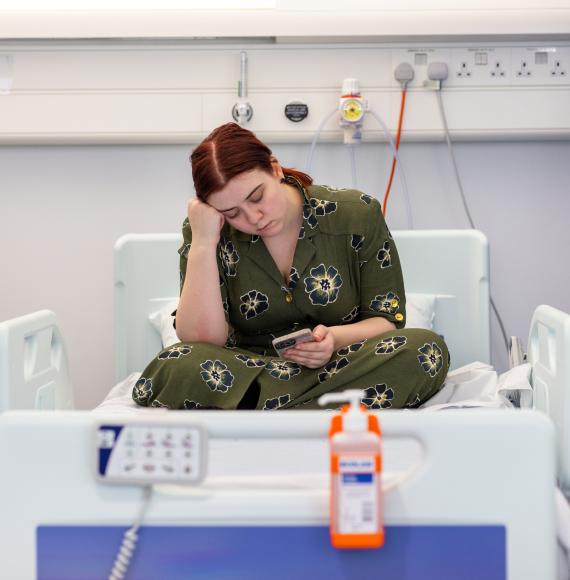A new report has found that cancer patients are only receiving “adequate” radiotherapy treatment, as the NHS workforce continues to face constraints.
The revelation has been found in the Institute of Physics and Engineering in Medicine’s (IPEM) new Radiotherapy Workforce Census Summary Report 2021 and highlights the need for urgent action to address the training and workforce shortage issues.
The report discovered that there is a real struggle to recruit clinical technologists, as well as there being difficulties to get cover for maternity leave – ultimately further straining the workforce.
Matt Dunn, IPEM’s Vice President Medical Physics, said: “At present, cancer patients are just about receiving an ‘adequate’ service for radiotherapy treatment. However, post-Covid, the services are coming increasing pressure and this may change.
“What must be addressed, as a matter of urgency, are the training and workforce shortage issues that have been highlighted, and training routes need to be increased across the board.”
“In addition, the struggle to recruit new Clinical Technologists must be addressed, especially given the ageing workforce in this area. We need action to be taken to address these issues in order to meet what IPEM recommends is required to run a comprehensive radiotherapy service.”
The radiotherapy workforce has an 8% vacancy rate, with the largest concentration of vacancies at an entry level. As well as the recruitment issues, the radiotherapy workforce is also ageing, with almost half (48%) of the workforce being over 50.
It is recommended that an uplift of approximately 27% in clinical technologist staffing levels is required, in order to meet the standard of which IPEM considers a comprehensive radiotherapy service.
Despite staffing issues, the NHS continue to deliver innovations in the radiotherapy field. If you want to find out more about radiotherapy innovations, click here.



















